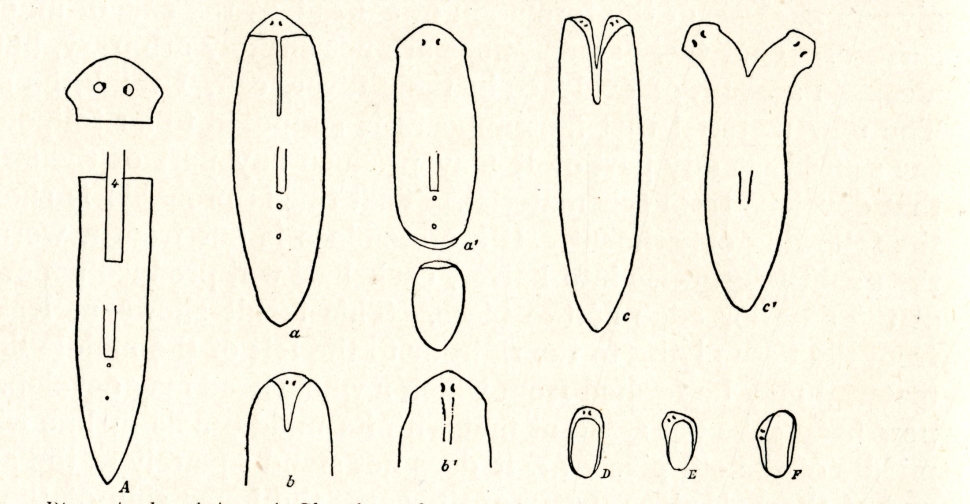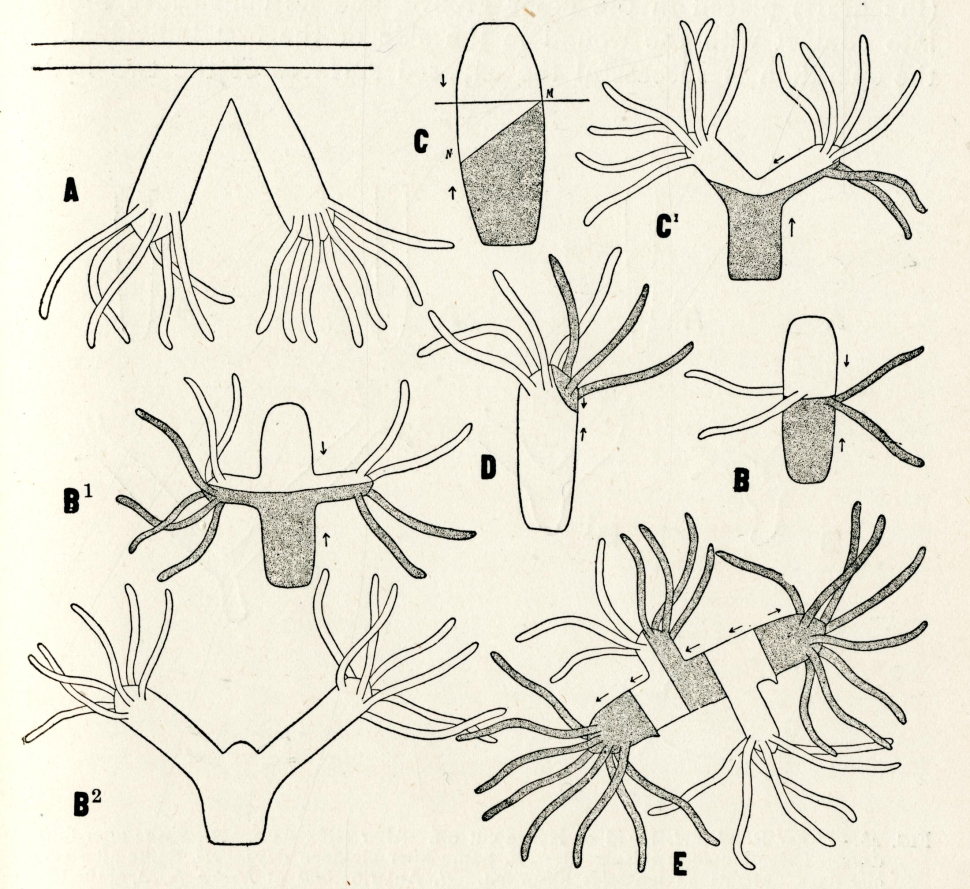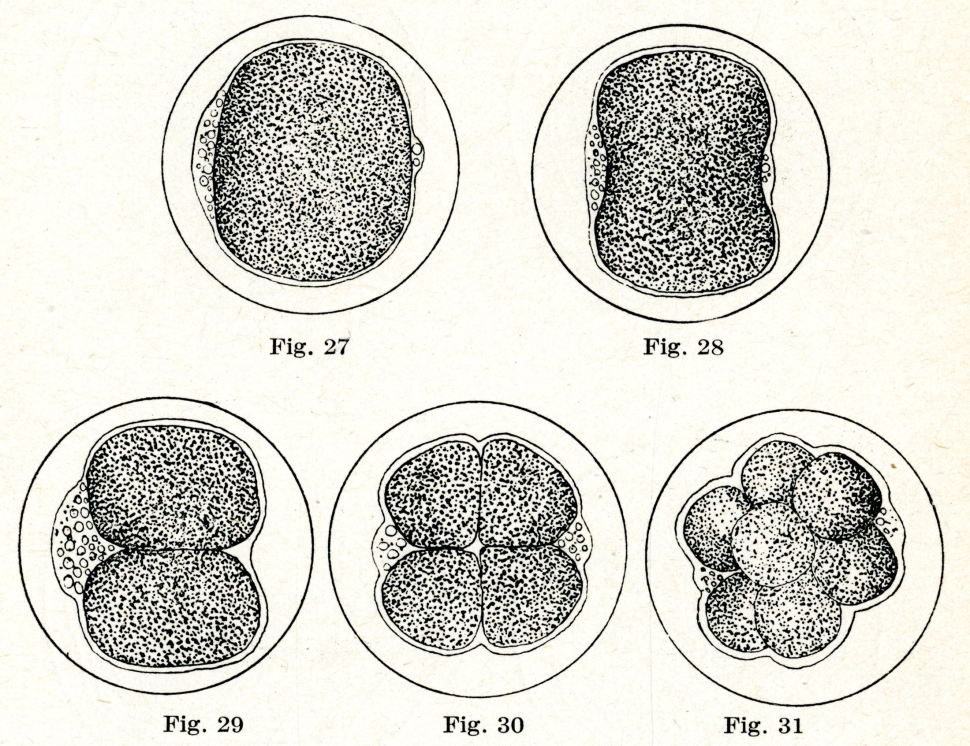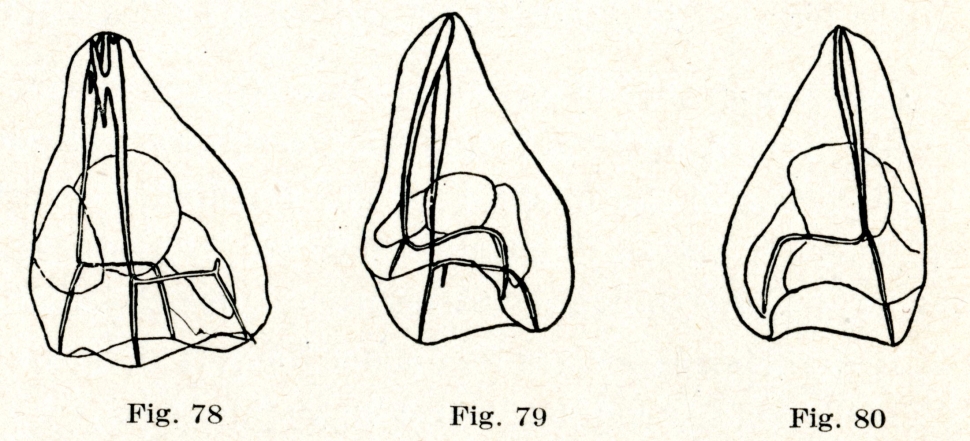Experimental Manipulations
In the 1890s, German biologist Wilhelm Roux argued that just observing what happens in nature is not enough to understand life. Biological research must become experimental. The MBL community took up this call.
In order to understand the role of cells in regeneration, for example, Thomas Hunt Morgan experimented with planarians and hydras, cutting them into bits and observing what happened next.
 HoverTouch to magnify
HoverTouch to magnify
As whole organisms regenerated from the pieces, he asked whether the remaining cells had been transformed to take up different functions, or whether new cells had filled the void. He urged others to join him in testing interpretations.
 HoverTouch to magnify
HoverTouch to magnify
Jacques Loeb took up the call and experimented with sea urchin egg cells by placing them in different concentrations of salt water. In the right conditions, egg cells began to divide, even without fertilization by sperm, a process called parthenogenesis.
 HoverTouch to magnify
HoverTouch to magnify
 HoverTouch to magnify
HoverTouch to magnify
Loeb also asked how he could manipulate environmental conditions, both inside and outside organisms, to learn how they affect cells and their functions.
- Morgan, Thomas Hunt. Regeneration. New York: The Macmillan Company, 1901. Page 50, Figure 24.
- Morgan, Thomas Hunt. Regeneration. New York: The Macmillan Company, 1901. Page 163, Figure 47.
- Loeb, Jacques. Artificial Parthenogenesis and Fertilization. Chicago: The University of Chicago Press, 1913. Page 76, Figures 27-31.
- Loeb, Jacques. Artificial Parthenogenesis and Fertilization. Chicago: The University of Chicago Press, 1913. Page 292, Figures 78 and 79.